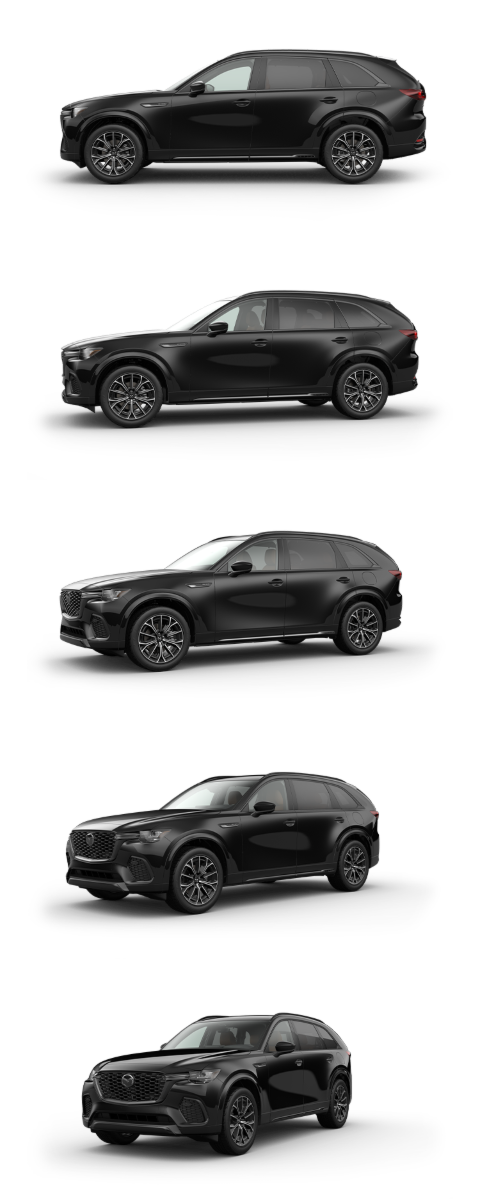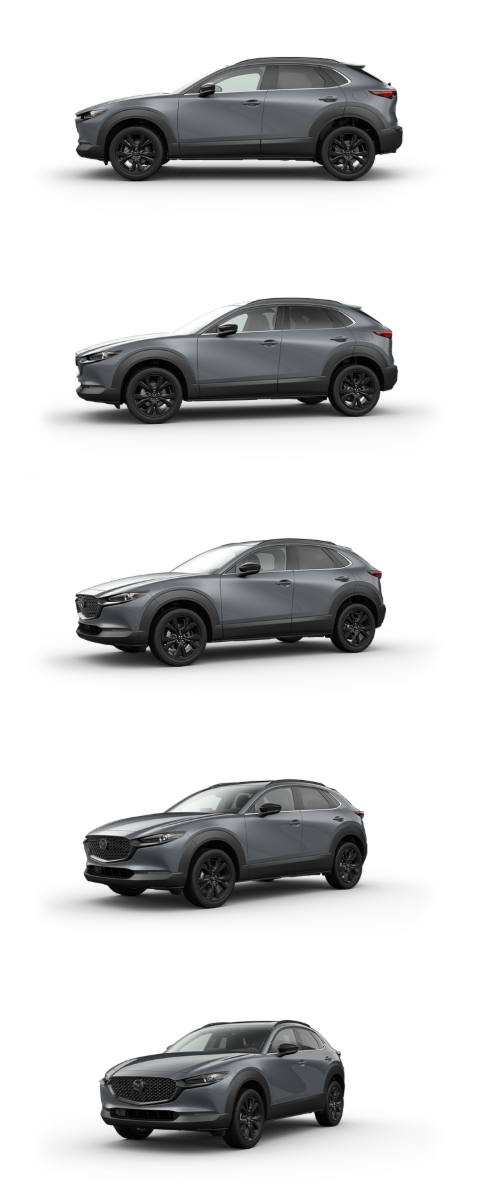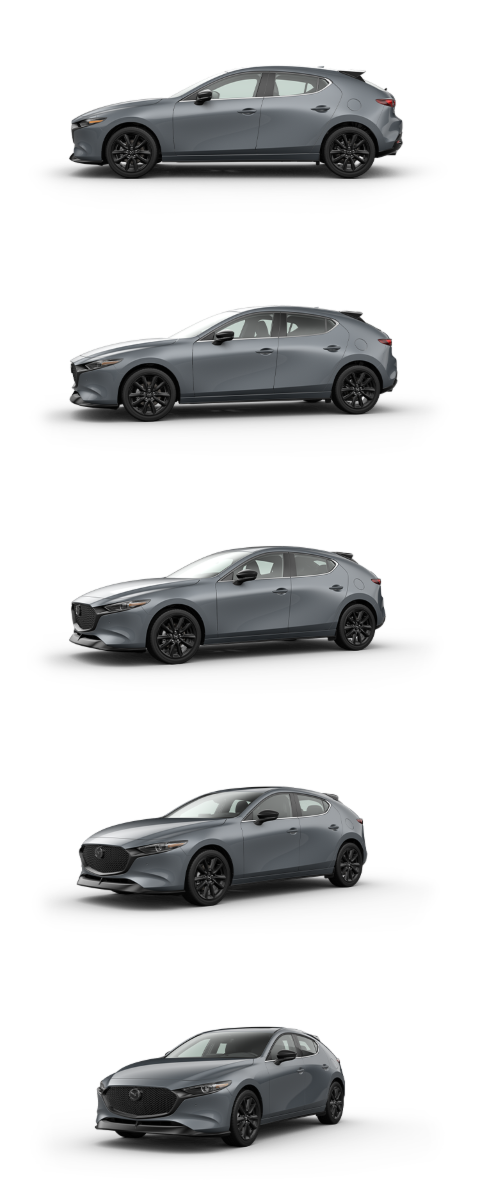Do You Have to Charge a Hybrid Vehicle?
No, you don’t need to charge a hybrid vehicle, but plugging in a PHEV regularly maximizes efficiency and reduces fuel use.
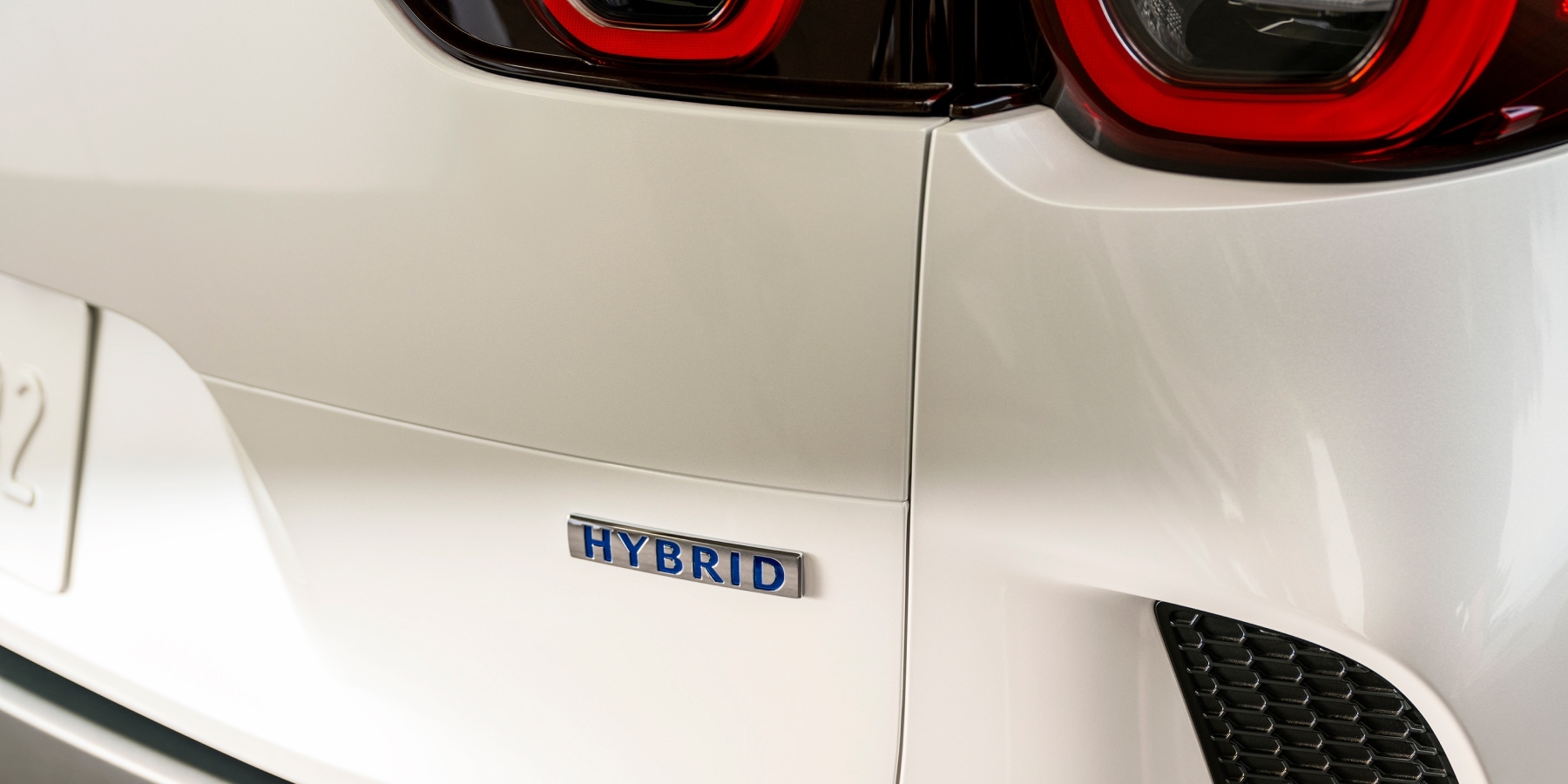
No, you don’t have to charge a full hybrid electric vehicle (HEV) or mild hybrid electric vehicle (MHEV). In fact, these types of hybrid vehicles do not even have a charging port to connect a charger to. Plug-in hybrid electric vehicles (PHEV) technically do not have to be charged, however it is recommended that a PHEV is charged regularly in order to take full advantage of its EV capabilities.
All hybrid vehicles run on gasoline as their primary fuel. HEVs and MHEVs have small battery packs that supply power to its electric motor(s) and these battery packs are automatically recharged while driving. This is done using energy from the gasoline engine and through regenerative braking, which recovers kinetic energy that would otherwise be lost. The electric motor(s) in a hybrid assists the gasoline engine during acceleration and in some instances can propel the vehicle at low loads. This contributes to reduced fuel consumption, and allows for smoother driving in certain conditions, like stop-and-go traffic. In addition to the main hybrid battery pack, the vehicle also charges the 12-volt battery under the hood, which powers essential accessories like door locks, security systems, and the electronics that manage the hybrid system.
As for PHEVs, while you don’t have to charge them, failing to do so is a missed opportunity for better efficiency. A fully-charged battery pack enables you to drive short distances on electricity alone, saving fuel and money. Without charging, you're carrying around the extra weight of the battery pack for no reason, which uses more gas. Charging can help maintain the battery. While many PHEVs allow you the choice of recharging the battery from the engine or the battery, others do not, and if you don't plug in your PHEV, the battery may degrade faster due to lack of use or low charge levels. While all batteries wear out over time, not using them may speed up the process.
More hybrid and plug-in hybrid charging basic FAQs
Do you have to plug in a full hybrid car (HEV)?
No, you do not have to — nor can you — plug in a standard (non-PHEV) hybrid vehicle. A standard hybrid car automatically charges its battery using advanced systems, like regenerative braking and with energy from its gasoline engine. Some hybrid vehicles offer driver-adjustable settings and information displays designed to assist in optimizing performance and potentially improving fuel efficiency.
How does a hybrid battery charge itself?
There are two primary methods of onboard charging: regenerative braking and using energy from the gasoline engine.
When a vehicle slows down, regenerative braking converts kinetic energy into electrical energy and this electricity is directed to the battery packs. This process slows the car more quickly than just coasting would. In some hybrids, the driver can adjust the level or sensitivity of regenerative braking. If you hear a vehicle slowing down with a whining or whirring sound but no engine noise, it’s likely a hybrid or electric vehicle using regenerative braking to decelerate.
In addition to regenerative braking, a hybrid vehicle can charge its battery using the gasoline engine. When the engine produces more power than needed to drive the vehicle, that extra energy is directed to recharge the battery. Sometimes, if a hybrid vehicle has a “charge mode”, the engine may temporarily run solely to recharge the battery.
Do you have to plug in a plug-in hybrid electric vehicle?
You don’t have to plug in a hybrid to keep it running. However, if you never charge a plug-in hybrid from the grid (or solar or a generator), you’re using more gasoline than necessary. Without regular charging, the vehicle has to rely more on its gasoline engine, and the extra weight of the battery makes it less efficient than a similar non-hybrid vehicle, increasing fuel consumption.
What happens to a plug-in hybrid’s battery if you never plug it in? Are there any drawbacks?
It might sound complicated, but a hybrid or electric vehicle battery is simply a collection of battery cells, and like most batteries, it will degrade over time. To get the best balance of battery longevity and vehicle efficiency, it’s ideal to keep the charge between 20% and 80%. And, if a PHEV’s battery pack isn’t charged regularly, more gasoline is being used, which is generally much more expensive than the electricity needed to charge the battery pack. (Check your Owner’s Manual or consult the manufacturer for specific recommendations for your vehicle.)
How does a hybrid battery charge itself?
There are two primary methods of onboard charging: regenerative braking and using energy from the gasoline engine.
When a vehicle slows down, regenerative braking converts kinetic energy into electrical energy and this electricity is directed to the battery packs. This process slows the car more quickly than just coasting would. In some hybrids, the driver can adjust the level or sensitivity of regenerative braking. If you hear a vehicle slowing down with a whining or whirring sound but no engine noise, it’s likely a hybrid or electric vehicle using regenerative braking to decelerate.
In addition to regenerative braking, a hybrid vehicle can charge its battery using the gasoline engine. When the engine produces more power than needed to drive the vehicle, that extra energy is directed to recharge the battery. Sometimes, if a hybrid vehicle has a “charge mode”, the engine may temporarily run solely to recharge the battery.
Do you have to plug in a plug-in hybrid electric vehicle?
You don’t have to plug in a hybrid to keep it running. However, if you never charge a plug-in hybrid from the grid (or solar or a generator), you’re using more gasoline than necessary. Without regular charging, the vehicle has to rely more on its gasoline engine, and the extra weight of the battery makes it less efficient than a similar non-hybrid vehicle, increasing fuel consumption.
What happens to a plug-in hybrid’s battery if you never plug it in? Are there any drawbacks?
It might sound complicated, but a hybrid or electric vehicle battery is simply a collection of battery cells, and like most batteries, it will degrade over time. To get the best balance of battery longevity and vehicle efficiency, it’s ideal to keep the charge between 20% and 80%. And, if a PHEV’s battery pack isn’t charged regularly, more gasoline is being used, which is generally much more expensive than the electricity needed to charge the battery pack. (Check your Owner’s Manual or consult the manufacturer for specific recommendations for your vehicle.)
Want to learn more about charging your hybrid vehicle or EV?
We’ve written several in-depth resources on charging best practices and basics:
• How to Charge an Electric Car: The Basics Explained
• How to Charge Your Car at Home
• How Much Does it Cost to Charge an Electric Car?
• Different Charging Types Explained (Levels 1, 2, and 3)
• Where Can I Charge my EV for Free?
• Do All Electric Cars Use the Same Charger?
• How Long Does It Take to Charge an Electric Car?
• What Is the Future of EV Charging?
• Can You Charge an Electric Vehicle in the Rain?
• Battery Charging Best Practices
Mazda hybrid and plug-in hybrid vehicles
The Mazda lineup includes the CX-50 Hybrid and the CX-70 and CX-90, each available with a mild hybrid or plug-in hybrid powertrain. All offer impressive fuel economy and performance.
Mazda CX-50 HEV
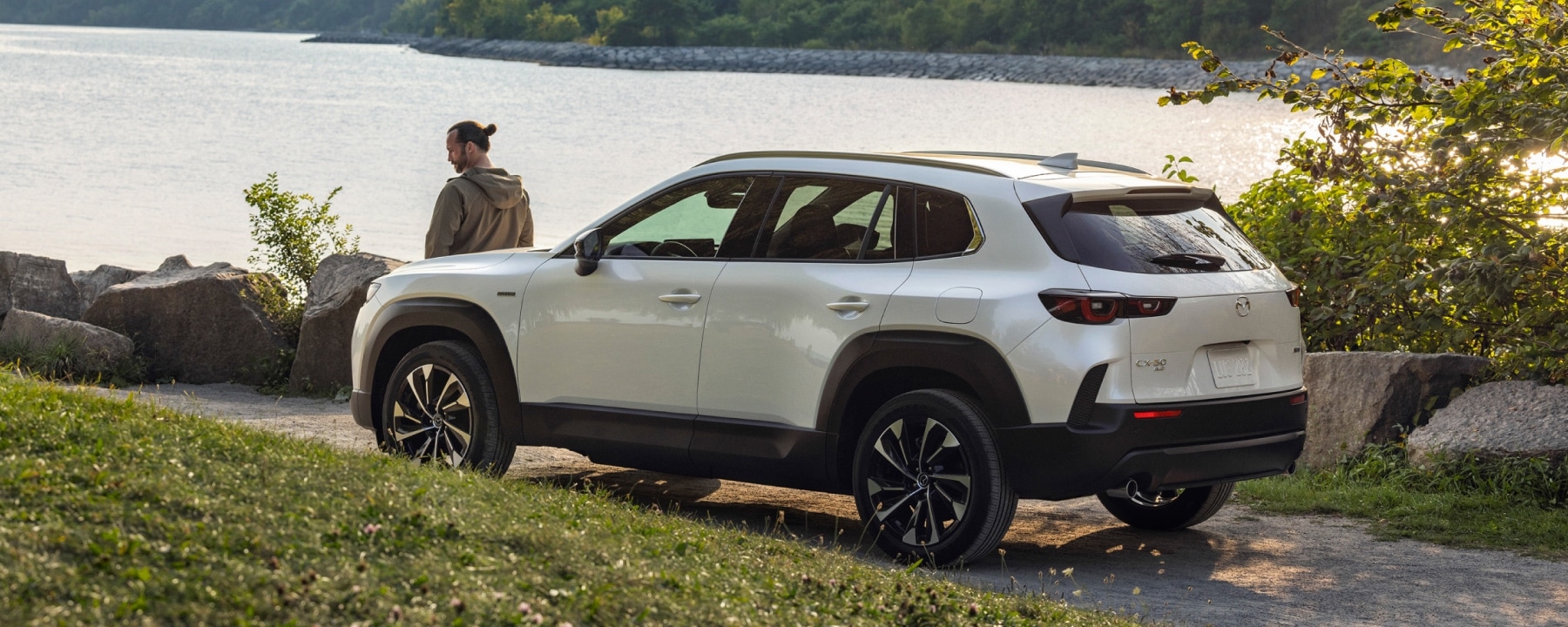
Mazda CX-90 PHEV

Mazda CX-70 PHEV
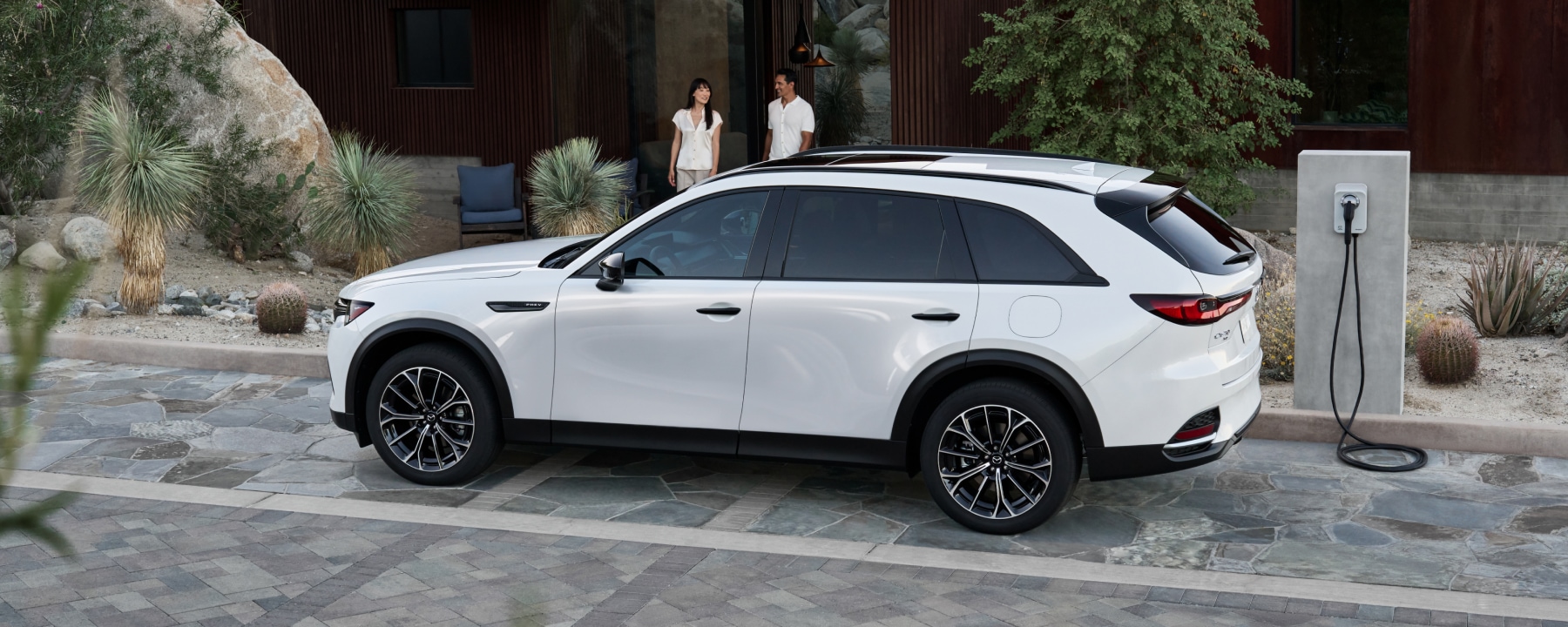
Experience Hybrid Efficiency with Mazda
Understanding how your hybrid vehicle charges and operates can help you make the most of its fuel savings and performance. With features like regenerative braking and smart energy management, hybrids are designed for both efficiency and convenience.
Mazda hybrid and plug-in hybrid models, like the CX-50 HEV, CX-70 PHEV, and CX-90 PHEV, offer impressive fuel economy without compromising on performance.
Visit your local Mazda Dealer to test-drive any vehicle in our hybrid lineup and experience firsthand how Mazda brings innovation to every journey today.
This article is intended for general informational purposes only and is based on the latest competitive information available at the time of posting. Information herein is subject to change without notice and without Mazda incurring any obligations. Please review a variety of resources prior to making a purchasing decision. Visit Resource Center for more articles.

